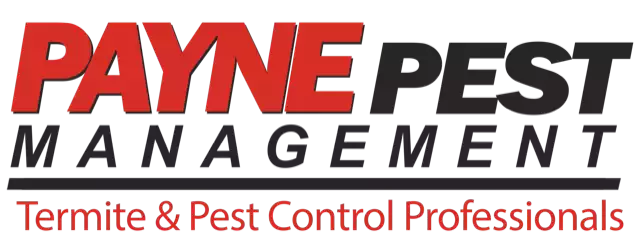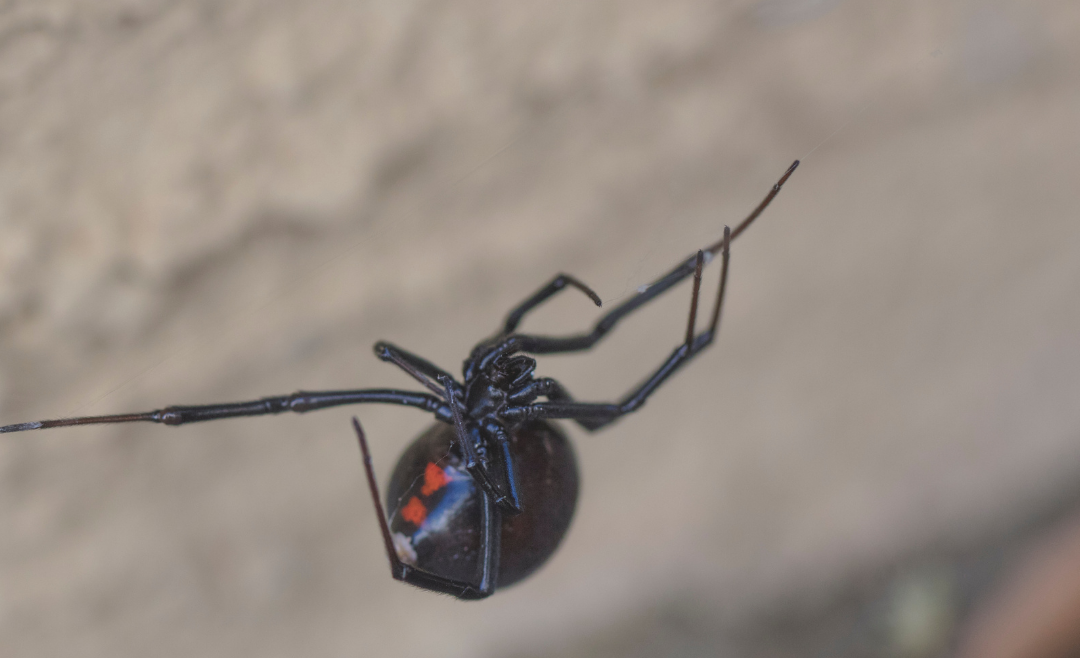The mere mention of spiders is enough to make some people squirm uncomfortably in their seats. Despite their importance in controlling insect populations, these eight-legged creatures often evoke fear and unease — and for a good reason. A single spider in your home is normal, but what do you do when you suspect there’s more than just one of our arachnid friends taking refuge in the corners of your living space?
A spider infestation isn’t just another home annoyance; it can become a significant issue that can impact your health and well-being.
Here, we provide a comprehensive guide to detect the signs of a potential spider infestation. Knowing what to look for could mean the difference between a comfortable living space and an unwelcome arachnid takeover.
Sign 1: Unusual Webs Abound
Spiders typically weave webs to catch their prey, which means an occasional web is natural in any home. But when these webs become commonplace, particularly in high-traffic areas, it’s a red flag. Look out for webs in places like:
- Ceilings and Walls: Especially in areas where light attracts insects.
- Corners and Closets: Less disturbed areas make for perfect spider real estate.
- Under and Around Furniture: Spiders often find secure, undisturbed spots under or behind heavy objects.
If you’re constantly cleaning away webs only to find them restored the next day, it might be time to investigate further.
Sign 2: Frequent Sightings
The sight of spiders scurrying across your walls or floors is a visible indicator of high spider activity. If you frequently find spiders in different areas of your home, it could suggest a widespread presence and potentially an infestation. Check your home’s exterior as well, especially around windows and doors, where gaps can be an entry point for these pests.
Sign 3: Spider Eggs and Sacs
One of the less common signs to spot is spider eggs. Spiders produce egg sacs that contain multitudes of eggs. These sacs are often white or yellowish and can be found in similar areas to webs — typically those less frequented. Dispose of these sacs with care, as they tend to be resilient protective structures for the next generation of arachnids.
Sign 4: Shed Exoskeletons
Spiders, like all arthropods, grow by shedding their exoskeletons. Finding these clear, delicate shells throughout your home, particularly in clusters or concentrated spots, indicates a robust and established spider presence. These discarded exoskeletons can be found around their breeding sites or places where they shed for protection during growth periods.
Sign 5: Unexplained Marks on Walls and Furniture
Unless you’ve got a particularly creative two-year-old in the house, finding unexplained streaks, spots, or marks on walls and furniture, especially at lower levels or near cracks and crevices, might mean spiders are leaving their tracks. These could be silk lines or secretions they use to move around and could signal an infestation.
Sign 6: Damsel in Distress
In a spider-rich environment, you might also find an increase in other insect populations. Spiders feed on insects, so a spike in sightings of flies, moths, or other small creatures might indicate a spike in spider populations and be a secondary sign of an infestation.
Sign 7: Unexplained Holes or Bites in Fabrics
Spiders are opportunistic when it comes to hunting and may resort to fabric if their typical prey is scarce. Noticing small holes in clothing, upholstery, or other fabrics could be a sign that spiders are using them as a source of food. Beware of bites you can’t attribute to anything else — they might be spider bites, a clear sign that they’re closer to you than you might like.
Sign 8: Natural Predators Are Scarce
Natural predators like geckos, cats, and other arachnid-eating species typically help keep spider populations in check. If you notice these predators aren’t around as much, it might indicate that spiders have overwhelmed their food chain and suggest an imbalance worth looking into.
Sign 9: Musty Odor
While the smell of spiders themselves isn’t what your nose may be picking up, the musty odors often accompany their presence. This is due to pheromones and other scents they emit to communicate with each other or mark their territory. If your home has developed such a scent, it’s time to investigate further.
Sign 10: Physical Reactions
A spider bite is often the first and most personal clue you have an infestation. While most spiders aren’t harmful to humans, their bites can be painful and, in extreme cases, lead to complications. If you’re experiencing unexplained bites, consult a professional who can help identify the culprit and the scope of the issue.
Dealing with the Problem
When you’ve identified the signs, it’s time to address the issue. Here are the steps to take to manage a spider infestation:
- Identify the Culprit: Pinpoint the type of spider to best understand its behavior and breeding sites.
- Remove Their Habitat: Regularly clean and vacuum to eliminate spider webs, their primary mode of catching prey. Seal entry points and reduce hiding spots.
- Eliminate Their Food Source: Keep your home free of the bugs spiders prey on. This might mean implementing pest control methods to address the entire food chain.
- Consult Professionals: Sometimes, the infestation is too large or complex to handle alone. Pest control specialists can offer insight, treatment, and prevention techniques.
Prevention is often the best strategy. Regular home maintenance, attention to potential entry points, and occasionally employing pest control measures can keep your residence safe from a potential spider takeover. Remember, a little caution can go a long way in keeping the peace between you and your arachnid neighbors.







